
August is a bit of a transition month – from the summer lull at the beginning of the month to the first shorebird migrants a bit later, and the very first migrating passerines at the end of the month. This can mean some interesting birding, if you can bear the Shanghai heat …
Of course, the egrets and herons described in my last post are still around.


Cattle Egret … though some of them seem to want to hide (which is really difficult for a white bird)



Little Egret: Once, I showed a photo of a Little Egret to a Chinese fruit vendor lady. She was impressed and said that the bird certainly looked “very expensive”.

Grey Heron. Grey can be stylish too.


Yellow Bittern: Sometimes performing in night clubs as a reed imitator
On the coast, shorebirds have arrived.

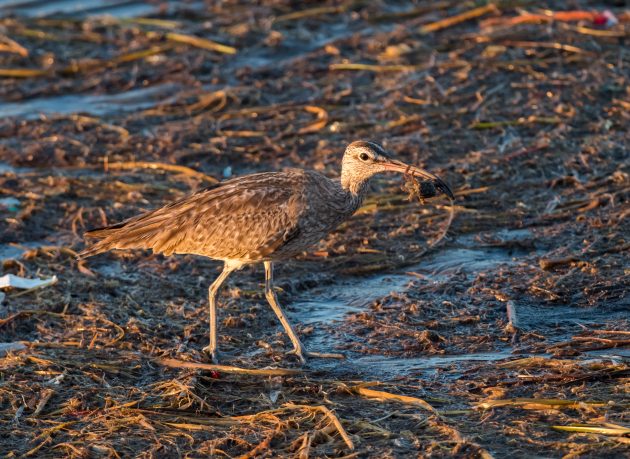

Whimbrel: Breakfast and morning gymnastics



Asian Dowitcher, with the one on the last photo presumably posing in front of a Rothko painting



Pied Avocet: Effortless style part 1



Black-winged Stilt: Effortless style part 2


Grey-tailed Tattler: They look like the bureaucrats of the wader world

Common Tern. Now basically I decided only to get into subspecies after retirement, but this may be longipennis: “Darker grey than the nominate subspecies, with shorter black bill, darker red-brown legs, and longer wings”

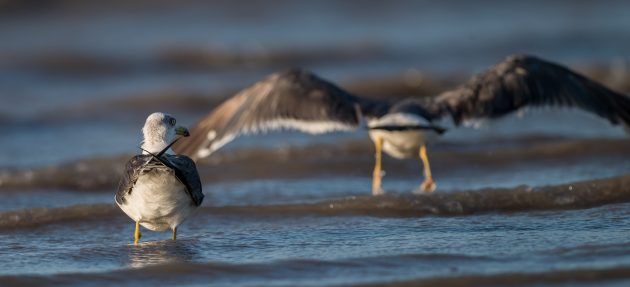
Black-tailed Gull: At the viewing platform of the local airport

Sanderling: A bird with strong work ethics.
The pair of Brown Crakes is still around. Not sure if they are breeding but certainly they are trying, though I am not fully convinced of their competence.




Webster`s Dictionary defines Cuculophotobia as “The fear of bird photographers to post cuckoo photos online due to the high likeliness of getting the species assignment wrong.”




Some cuckoo species.
And of course there are passerines, some which spent the summer at Nanhui, some just returning from their breeding grounds elsewhere.



Amur Paradise Flycatcher: Was breeding in Shanghai this year, a first according to official records.



Brown Shrike. I saw one mobbing a cuckoo, and indeed this species is parasitized by cuckoos.
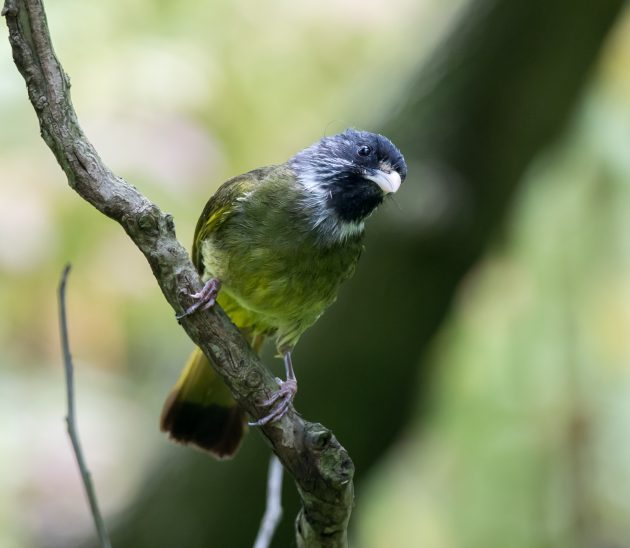
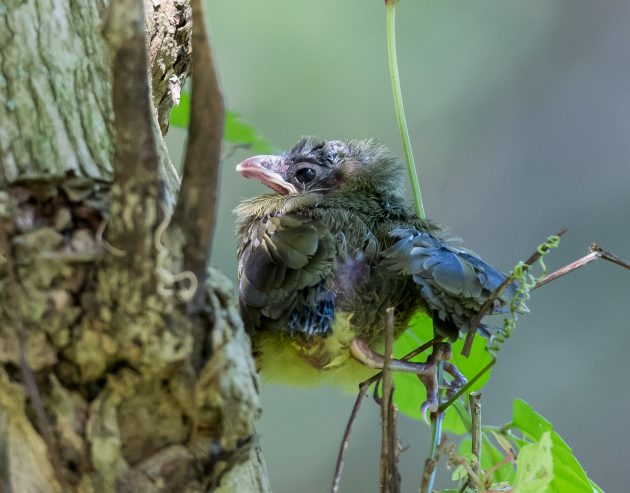
Collared Finchbill: The chick looked a bit too immature to be out of the nest, but was cared for by two parents and already looked much better two days later. Another new breeding record for Shanghai

Common Myna: Actually, not very common in Shanghai (that would be Crested Myna) but a popular cage bird, so maybe an escape. Mixing with a flock of Crested Myna to feel less lonely.


Lesser Coucal: The juvenile (lower photo) almost looks more interesting than the adult


Light-vented Bulbul: The one endemic species you are guaranteed to see if you come to Shanghai. Adult (upper photo) and juvenile (lower)


Oriental Dollarbird: Juvenile laughing at me, as most birds seem to do

Oriental Magpie-Robin. A juvenile, with rufous wing edgings that will be gone once the bird leaves kindergarden.
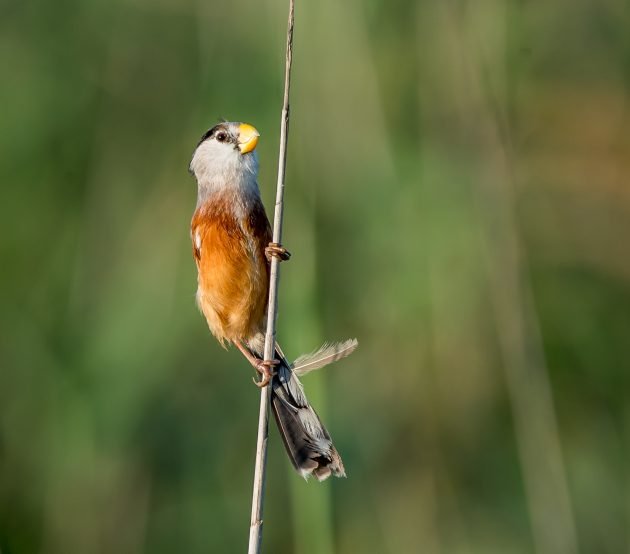

Reed Parrotbill: Because a post on Shanghai birds is not the same without it.


Tiger Shrike. As with humans, you can tell the juveniles by not being grey on the head.


Yellow-rumped Flycatcher: For me, seeing the first colorful flycatcher marks the proper start of autumn migration. Aug. 24, this year.
Last year, I saw the first Fairy Pitta of the autumn migration on Aug 31. So, I went out to Nanhui again one year later, but no luck … so, no Fairy Pitta in this report. Apologies.













Wow, gorgeous birds and photos! I had no idea Shanghai had so many birds; I thought it was just a huge city. I enjoyed your humor, too!
What camera and lense do you use?
Great pics, thanks for sharing!
Thanks, Wendy and Marko! I use equipment far exceeding my skills – Nikon D5 with 800 mm f5.6 lens, sometimes with added 1.25 teleconverter.